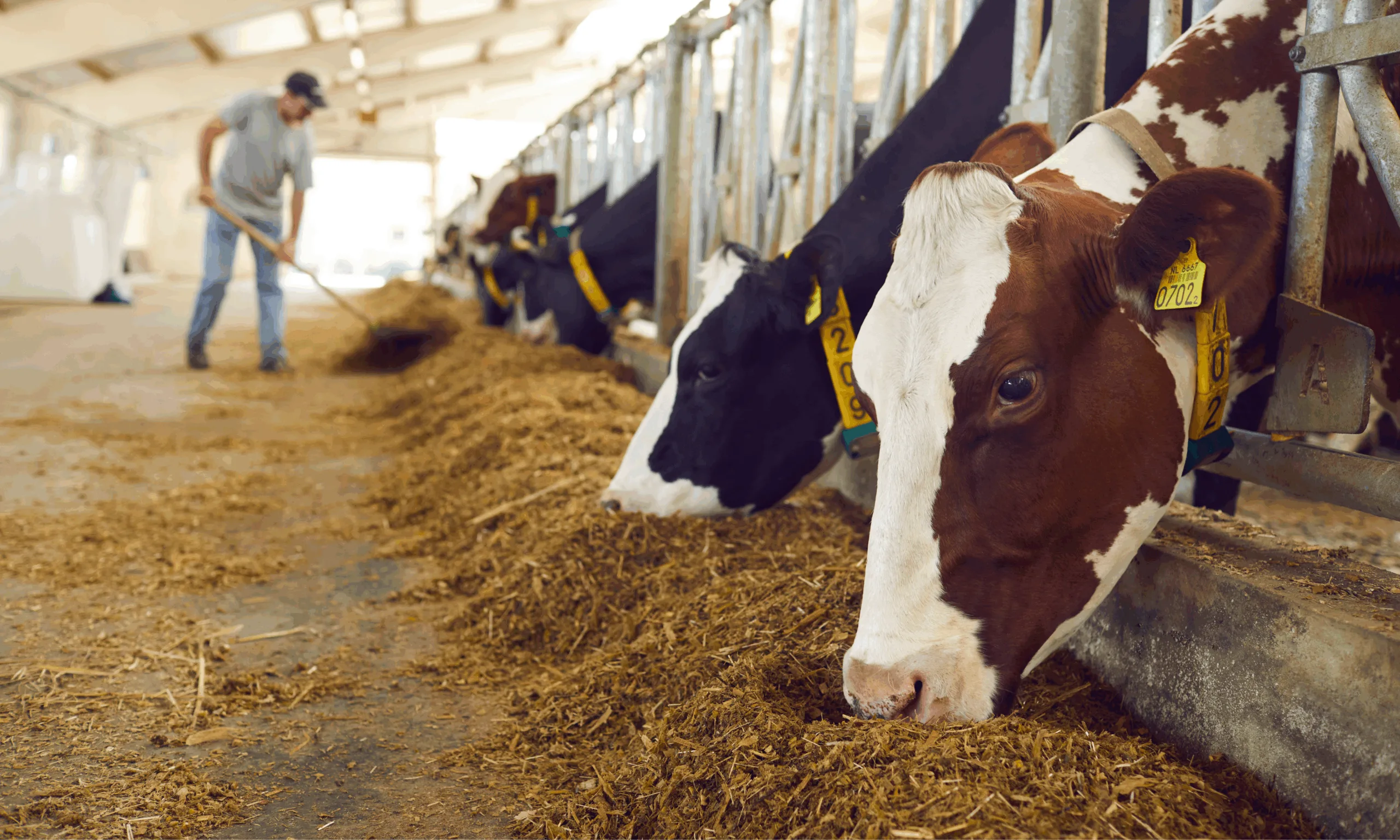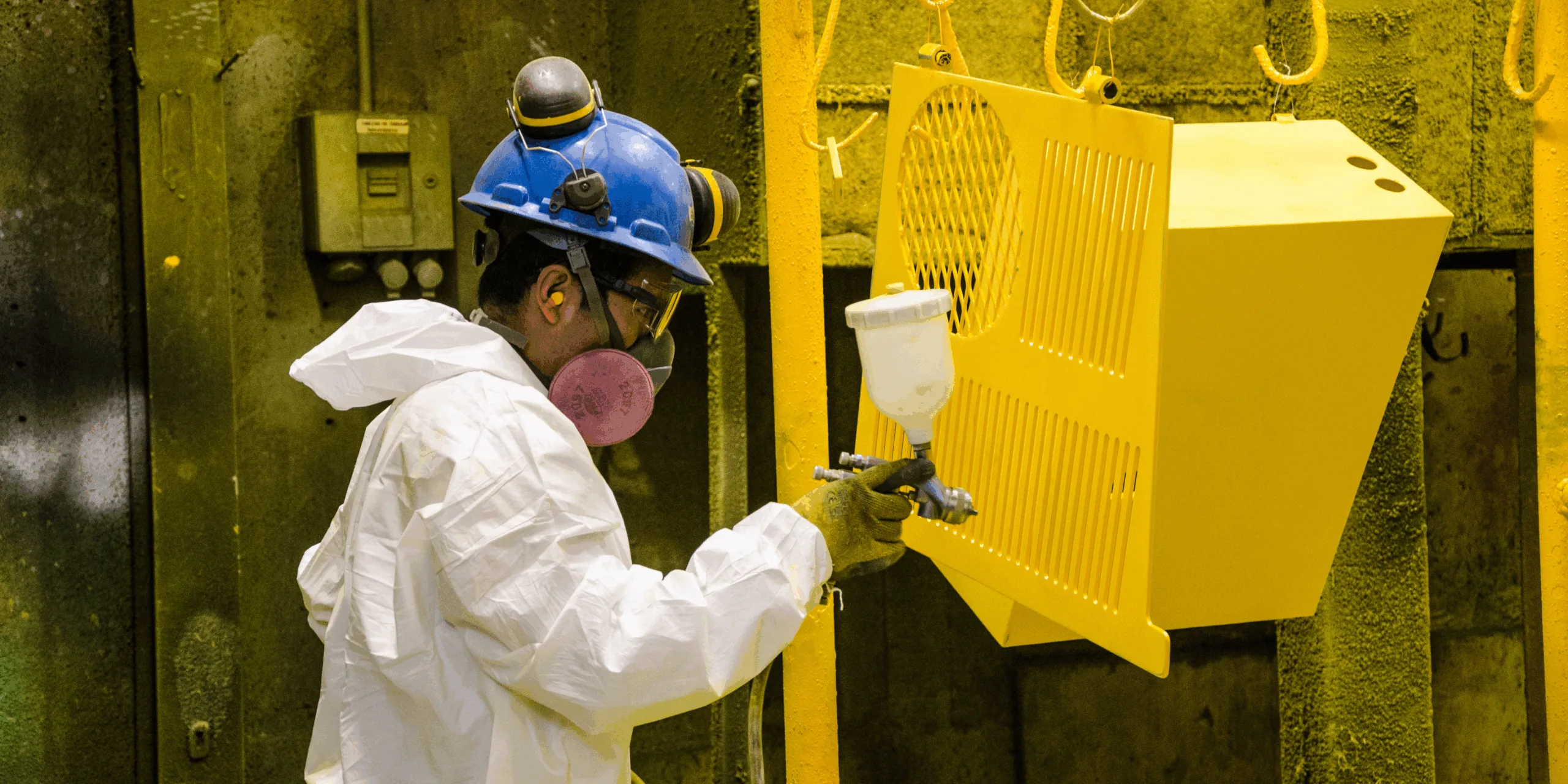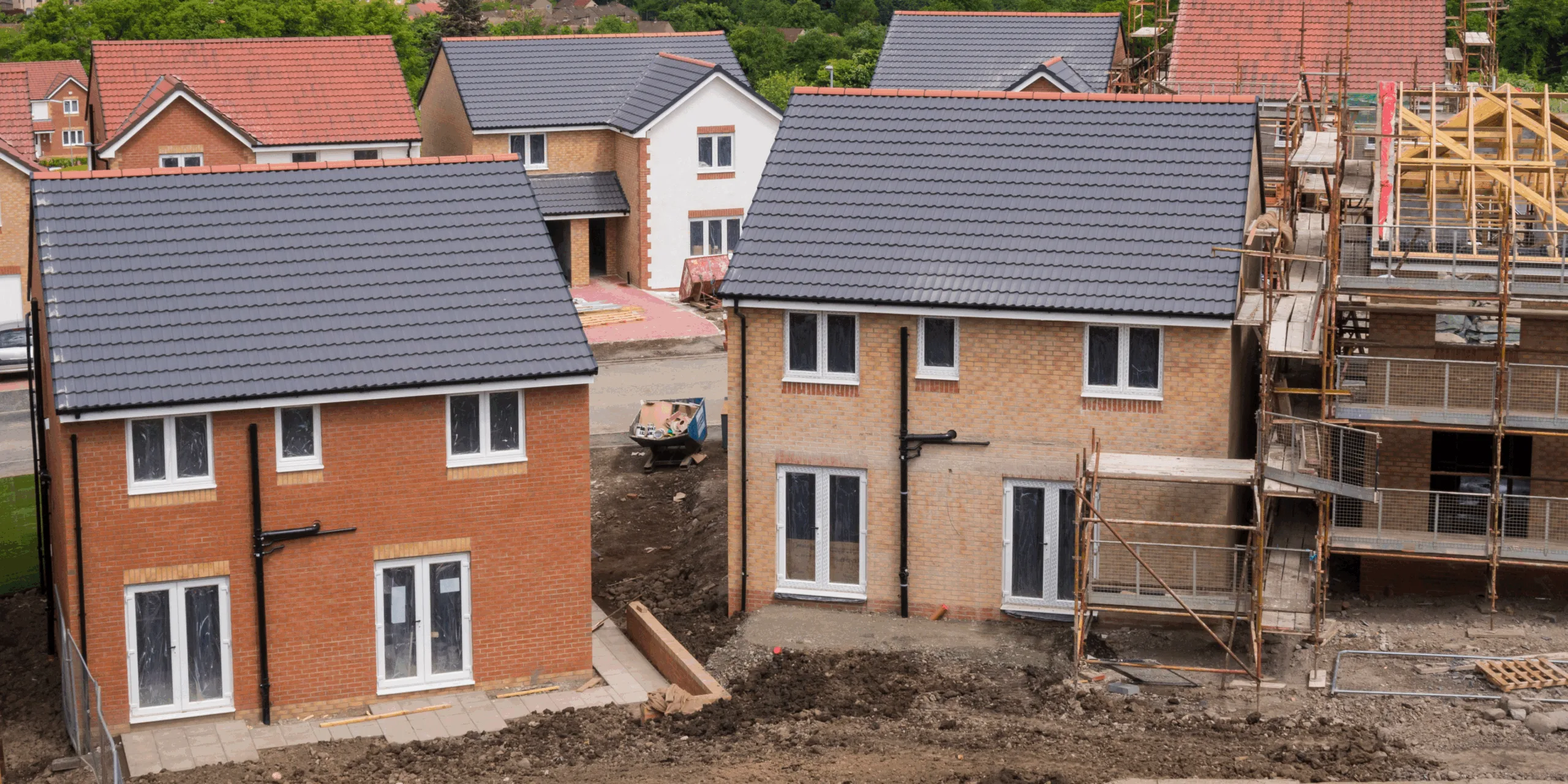Current high-temperature mineral trends
As global industries continue to demand more durable, efficient, and innovative materials, the spotlight on high-temperature minerals has intensified. These specialist minerals are vital for applications that require exceptional thermal resistance, structural integrity under extreme conditions, and consistent performance in demanding environments. At LKAB Minerals, we’re seeing a number of key trends that are reshaping the high-temperature materials market and driving new developments across refractory, foundry, and advanced material applications.
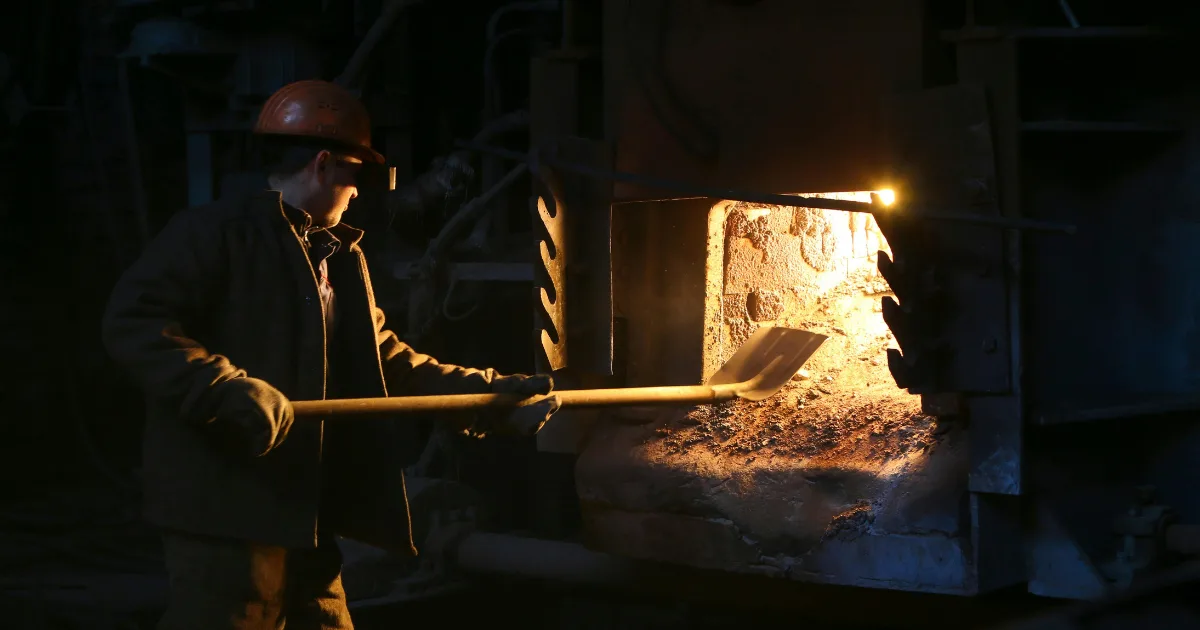
1. Shifting towards cleaner, more efficient processes
Across sectors such as metallurgy, energy, and advanced manufacturing, there’s a marked shift toward reducing emissions and energy usage. This shift is prompting greater demand for minerals that support more efficient high-temperature operations.
Fused Alumina, Mulcoa, and Magnesite are increasingly used in refractories that enable higher thermal stability with lower heat loss. These materials help extend refractory life and improve furnace efficiency, aligning with the push for lower environmental impact and improved cost performance.
2. Innovation in lightweight refractory materials
As industries move towards lighter, more efficient components, lightweight refractory formulations are gaining traction. Aluminium Trihydrate (ATH) and Andalusite are key contributors here, offering thermal stability while reducing overall density. Ideal for use in precast refractory shapes, kiln linings, and insulation systems where weight and heat retention are both critical factors.
3. Tailored raw materials for additive manufacturing and precision castings
The rise of 3D printing and precision castings in the aerospace and automotive sectors is creating a demand for ultra-pure, precisely graded minerals. MinSand, Zircon, and Chrome Alumina are essential in delivering the high purity and controlled particle size needed for these exacting processes.
These minerals are preferred for their resistance to slag infiltration, thermal shock, and chemical attack, making them ideal for creating detailed castings and moulds that meet tight tolerance requirements.
4. Greater demand for electrical and thermal insulation
As electrification continues to expand – from EV batteries to renewable energy systems – the need for materials that combine thermal resistance with electrical insulation is growing. ATH plays a dual role in these applications, offering both flame retardancy and insulating properties, particularly in engineered plastics and coatings.

Meanwhile, Bentonite and Duraheat are increasingly being utilised in shaped refractory products, thermal linings, and insulation boards where low thermal conductivity and high workability are required.
5. Focus on supply security and material substitution
In response to ongoing global supply chain challenges and resource limitations, industries are looking to diversify their raw material sources. This has brought minerals like Olivine, Magnesium, and Bauxite into sharper focus. These materials serve as effective alternatives or complements to more traditional high-temperature minerals, helping manufacturers mitigate risks and maintain a consistent supply.
Our Duraheat and Andalusite ranges, in particular, provide reliable performance in monolithic and brick refractory applications, offering an alternative to fused materials in certain settings.
6. Recycling and reuse of refractory materials
With circular economy principles becoming more integrated into manufacturing strategies, the reuse and recycling of high-temperature materials is growing. High-purity materials like Fused Alumina, Mulcoa, and Magnesite are increasingly reclaimed from spent refractories for reprocessing and reuse in secondary applications – conserving resources while maintaining performance.
7. Advanced alloys and metallurgical processes
In high-temperature metallurgical operations, materials that support aggressive thermal and chemical environments are critical. Tungsten, with its extremely high melting point, and Zircon, known for its thermal shock resistance and chemical inertness, are key in the production of superalloys, precision moulds, and nuclear components.
Chrome Alumina also finds extensive use in slag-resistant linings for high-wear applications, particularly in the steel and glass industries.
Looking ahead: Meeting tomorrow’s high-temperature challenges
The evolving landscape of high-temperature applications calls for continuous innovation and reliable mineral solutions. At LKAB Minerals, we are committed to supporting industries worldwide with a diverse portfolio that spans Fused Alumina, Zircon, Bauxite, Magnesite, and many more minerals engineered for performance in extreme conditions.
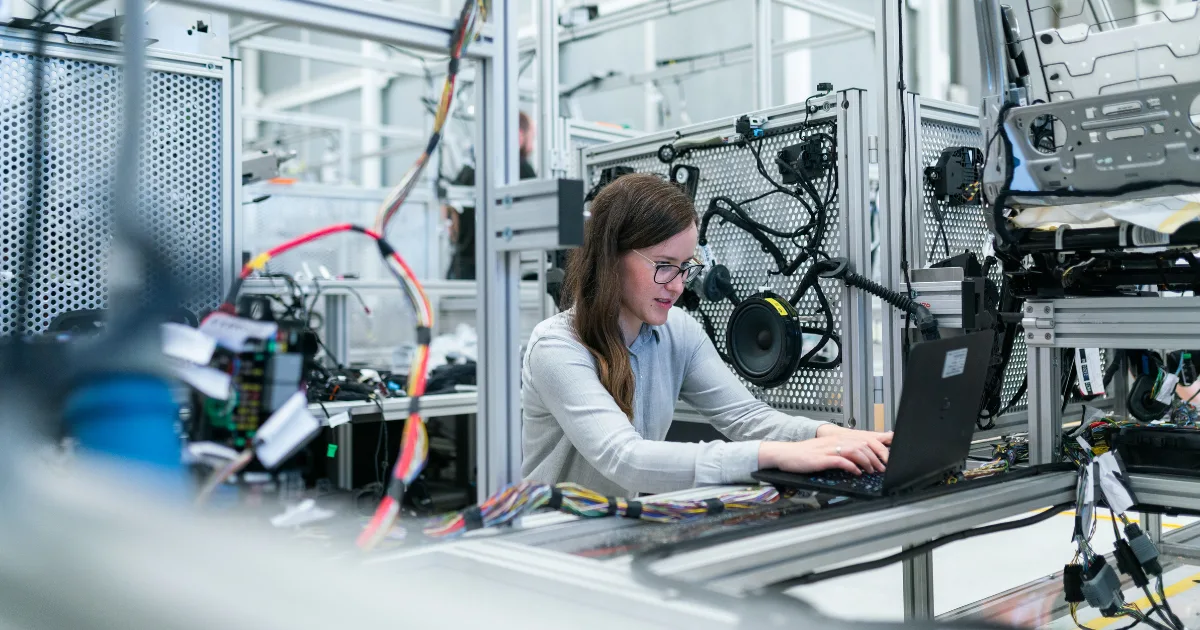
Whether you are enhancing refractory linings, developing next-generation coatings, or improving metallurgical processes, our minerals provide the strength, stability, and versatility you need to stay ahead.
Explore our latest news and insights or contact our team today to discover how our minerals can power your high-temperature solutions. You can also follow us on LinkedIn to stay updated with our latest news and product developments.

